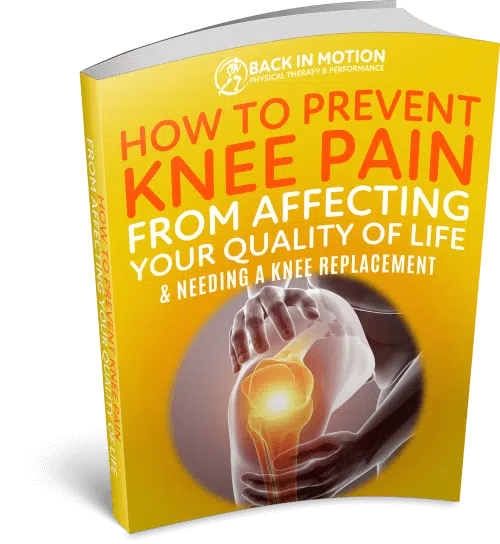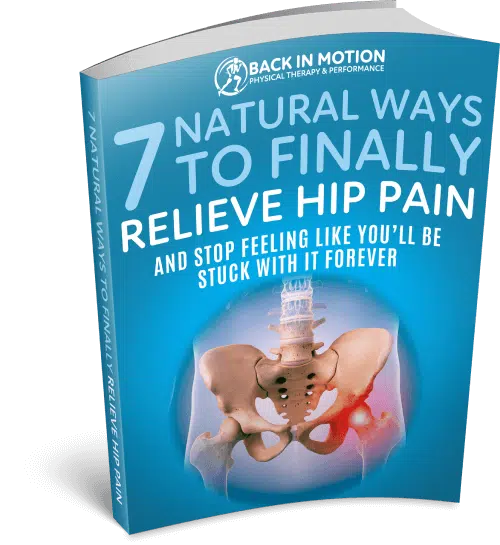9 Frequently Asked Questions About Dry Needling
You’ve Heard of Acupuncture, Chances Are You’ve Heard About Dry Needling, Too…
Dry needling is an innovative treatment that physical therapists in Fort Myers designed to improve mobility and reduce pain. It’s becoming a popular way for professionals to help their patients recover from certain injuries, but there are still many unanswered questions about dry needling.
For example: What does the procedure involve? Is it safe? Does it hurt?
In this article, we’ll answer these questions—plus six more—so you can make an informed decision about whether dry needling is right for you. Read on to learn everything you need to know when considering dry needling in Fort Myers.
Question #1: What is dry needling and how does it work?
Dry needling is a non-invasive, integrative treatment approach used to alleviate muscular pain and tension. It involves thin, sterile needles inserted into tight muscles or trigger points—areas of heightened sensitivity unable to relax—to help ease discomfort.
The goal is to stimulate circulation in the muscle, releasing toxins and promoting healing. Practitioners often combine dry needling with manual techniques, exercise, and other modalities as part of a holistic treatment plan.
Dry needling has been effective in treating conditions such as plantar fasciitis, tendonitis, myofascial pain, and restricted joint movement.
Question #2: Is dry needling effective for treating pain and other conditions?
The short answer: “Yes.” Dry needling is effective for an array of complaints, including sports injuries, headaches, lower back pain, shoulder pain treatment in Fort Myers, and more.
This therapy stimulates muscle fibers in specific areas, releasing endorphins and reducing inflammation. Patients often report significant improvements in posture and decreased pain after treatment.
If you’re unsure whether dry needling is the right solution for your pain, our expert Cape Coral physical therapists are available to provide personalized assessments and treatment plans.
Question #3: How long does a dry needling session last, and how often should I get one done?
Dry needling sessions typically last 30 to 60 minutes. The number of sessions needed depends on the severity of the condition. For example:
- Muscle pain may require only one session.
- Tendon injuries may need several sessions for optimal results.
Question #4: Does dry needling hurt, and are there any side effects?
While dry needling may cause discomfort, including poking or bruising sensations, these are normal and part of the healing process. Immediate soreness or tenderness around the area is common but usually resolves within a few days.
If you have concerns, our skilled sports physical therapists in Fort Myers will guide you through the process, ensuring your comfort and safety.
Question #5: How much does dry needling cost, and is it covered by insurance plans?
Dry needling is not typically covered by insurance, but this means you can receive treatment without the delays of insurance approvals. Costs vary depending on the practitioner and the number of sessions required, but remember: quality matters.
Our Fort Myers physical therapy near you offers expert dry needling services focused on delivering safe, effective care.
Question #6: Where can I find a qualified practitioner near me for dry needling therapy?
At Back In Motion Physical Therapy & Performance, our experienced clinicians combine dry needling with advanced treatment methods like The Gray Method™ to address the root cause of your pain.
Whether you’re dealing with headache treatment in Fort Myers or recovering from sports injuries, our team provides comprehensive care tailored to your needs.
Question #7: How does dry needling differ from acupuncture?
While dry needling and acupuncture both use needles, their focus differs:
- Dry needling addresses muscular and nerve issues.
- Acupuncture focuses on energy flow (chi) throughout the body.
If you’re unsure which is right for you, our Cape Coral physical therapists can help assess your condition and recommend the most effective treatment plan.
A Patient’s Story: Relieving Shoulder Pain with Dry Needling
Johnny, a construction worker, suffered from chronic shoulder pain for months despite trying massage therapy, chiropractic care, and numbing injections. Desperate for relief, he decided to try dry needling at Back In Motion.
After just two sessions, Johnny’s pain disappeared, and he regained full mobility in his shoulder. Now, he can enjoy his work and hobbies pain-free!
Get Back In Motion Today with Dry Needling
Now that you know the answers to some of the most frequently asked questions about dry needling, you’re better prepared to decide if it’s the right treatment for you.
Whether you’re dealing with plantar fasciitis in Fort Myers, headache treatment in Fort Myers, or shoulder pain treatment in Fort Myers, our expert team at Back In Motion is here to help.
Contact us today to schedule your appointment and take the first step toward lasting relief!









